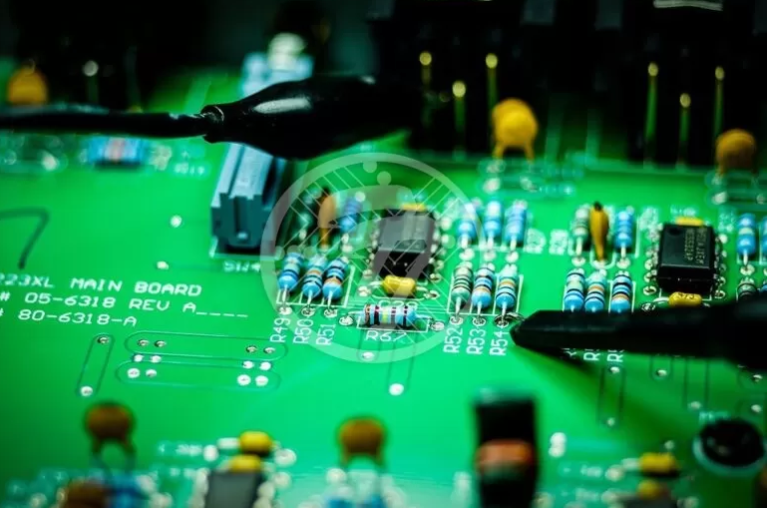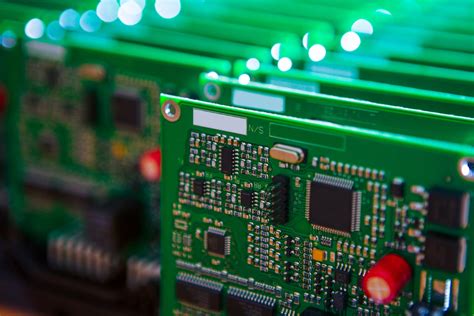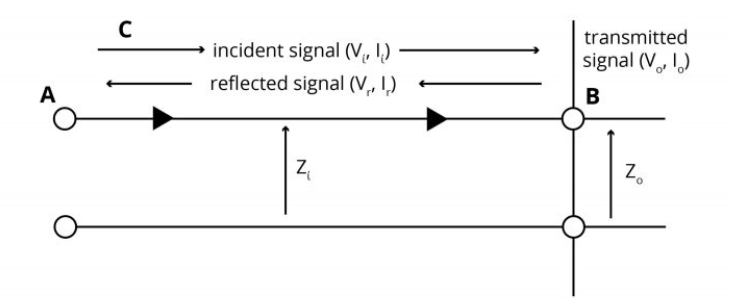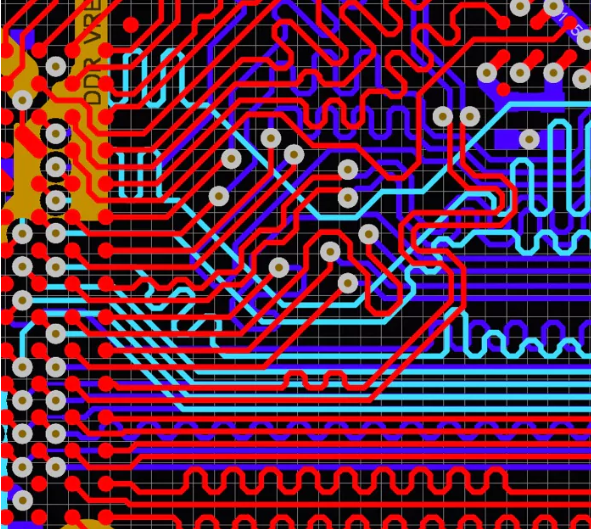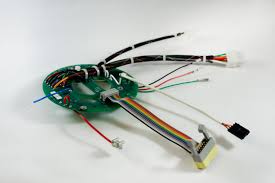How to calculate pcb assembly cost
Understanding The Basics Of PCB Assembly Cost Calculation
Calculating the cost of printed circuit board (PCB) assembly is a crucial step in the design and manufacturing process, as it directly impacts the overall budget and feasibility of electronic projects.
Understanding the basics of PCB assembly cost calculation involves considering several key factors that contribute to the final expense. By examining these elements, one can make informed decisions to optimize costs without compromising on quality.
To begin with, the complexity of the PCB design plays a significant role in determining the assembly cost.
A more intricate design typically requires additional layers, which in turn necessitates more sophisticated manufacturing techniques and equipment. Consequently, the number of layers in a PCB is directly proportional to the cost. Furthermore, the size of the PCB also affects the cost, as larger boards require more materials and longer production times. Therefore, designers should aim to optimize the layout to minimize size and complexity while still meeting functional requirements.
In addition to design complexity, the choice of materials is another critical factor influencing PCB assembly costs.
The substrate material, such as FR-4, polyimide, or Rogers, varies in price and performance characteristics. Selecting a material that balances cost with the necessary thermal and electrical properties is essential. Moreover, the type of components used in the assembly, including surface-mount devices (SMDs) and through-hole components, can impact costs. SMDs are generally more cost-effective for high-volume production due to their smaller size and ease of automation, whereas through-hole components may be preferred for specific applications requiring greater mechanical strength.
Transitioning to the manufacturing process, the method of assembly also affects the overall cost.
Surface-mount technology (SMT) is typically more economical for large-scale production runs, as it allows for faster and more efficient placement of components. However, for smaller batches or prototypes, manual assembly might be more cost-effective despite being labor-intensive. Additionally, the choice between leaded and lead-free solder can influence costs, with lead-free options often being more expensive due to stricter environmental regulations and higher melting points.
Another aspect to consider is the testing and quality assurance procedures implemented during the assembly process.
Rigorous testing ensures the reliability and functionality of the final product but can add to the overall cost. Techniques such as in-circuit testing (ICT), functional testing, and automated optical inspection (AOI) are commonly employed to identify defects and ensure compliance with design specifications. Balancing the level of testing with budget constraints is crucial to maintaining product quality without incurring unnecessary expenses.
Furthermore, the volume of production significantly impacts the cost per unit.
Economies of scale dictate that larger production runs generally result in lower costs per board, as fixed costs are spread over a greater number of units. Therefore, it is advantageous to plan production volumes carefully to achieve cost efficiency.
Finally, geographical location and the choice of supplier can also influence PCB assembly costs.
Manufacturing in regions with lower labor costs can reduce expenses, but it is important to consider potential trade-offs in terms of lead times and quality standards. Selecting a reputable supplier with a proven track record can mitigate risks and ensure a smooth production process.
In conclusion, calculating PCB assembly costs involves a comprehensive analysis of design complexity, material selection, manufacturing processes, testing procedures, production volume, and supplier choice. By understanding these fundamental aspects, designers and manufacturers can make strategic decisions to optimize costs while maintaining the desired quality and performance of the final product.
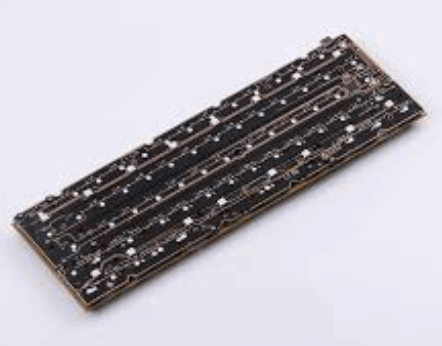
Key Factors Influencing PCB Assembly Costs
When calculating the cost of printed circuit board (PCB) assembly, several key factors come into play, each contributing to the overall expense. Understanding these factors is crucial for businesses and engineers aiming to optimize their budgets while ensuring high-quality production.
One of the primary considerations is the complexity of the PCB design.
As the complexity increases, so does the cost. This is because intricate designs often require more sophisticated manufacturing processes and advanced technology, which can drive up expenses. For instance, multilayer boards, which are essential for more complex electronic devices, are more costly to produce than single-layer boards due to the additional materials and labor involved.
In addition to design complexity, the choice of materials significantly impacts the cost.
High-quality materials, while more expensive, are often necessary to meet specific performance and reliability standards. For example, using advanced substrates or specialized components can enhance the board’s functionality but will also increase the overall cost. Therefore, selecting the appropriate materials involves balancing performance requirements with budget constraints.
Another critical factor is the volume of production.
Generally, higher production volumes lead to lower costs per unit due to economies of scale. Manufacturers can spread the fixed costs of setup and tooling over a larger number of units, reducing the cost per board. However, for smaller production runs, these fixed costs are distributed over fewer units, resulting in a higher cost per board. Consequently, businesses must carefully consider their production volume to optimize costs effectively.
Furthermore, the type of assembly process chosen can influence the cost. Surface mount technology (SMT) and through-hole technology are the two primary methods used in PCB assembly.
SMT is generally more cost-effective for high-volume production due to its automation capabilities, which reduce labor costs. In contrast, through-hole technology, while more labor-intensive and thus more expensive, may be necessary for certain applications requiring stronger mechanical bonds or specific component types.
Labor costs also play a significant role in determining PCB assembly costs.
The location of the manufacturing facility can greatly affect these costs, as labor rates vary widely across different regions. For instance, manufacturing in countries with lower labor costs can reduce expenses, but it may also involve trade-offs in terms of lead times and potential communication challenges. Therefore, companies must weigh the benefits and drawbacks of different manufacturing locations when calculating costs.
Additionally, testing and quality assurance are essential components of the PCB assembly process that can influence costs.
Comprehensive testing ensures that the boards function correctly and meet the required standards, but it also adds to the overall expense. Investing in thorough testing is crucial to avoid costly rework or product failures down the line, making it a necessary consideration in the cost calculation.
Finally, lead times and delivery requirements can affect costs.
Expedited production and shipping often incur additional charges, so planning ahead and allowing for standard lead times can help manage expenses. By considering these key factors—design complexity, material choice, production volume, assembly process, labor costs, testing, and lead times—businesses can more accurately calculate PCB assembly costs and make informed decisions to optimize their manufacturing strategies.
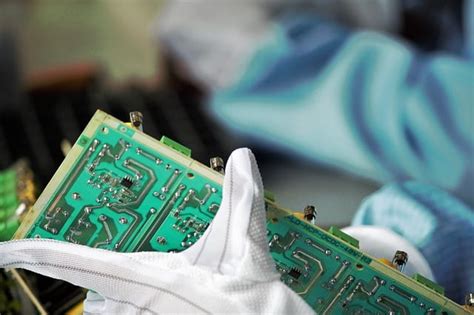
Step-By-Step Guide To Estimating PCB Assembly Expenses
Estimating the cost of printed circuit board (PCB) assembly is a crucial step in the design and manufacturing process, as it directly impacts the overall budget and feasibility of electronic projects. To accurately calculate PCB assembly costs, one must consider several key factors that contribute to the final expense. By following a systematic approach, you can ensure a comprehensive understanding of the costs involved, thereby facilitating better financial planning and decision-making.
To begin with, it is essential to understand that PCB assembly costs are influenced by both fixed and variable components.
Fixed costs typically include setup fees, which cover the initial preparation required for production, such as programming pick-and-place machines and creating stencils for solder paste application. These costs are generally consistent regardless of the production volume, making them a significant consideration for small-batch orders.
On the other hand, variable costs fluctuate based on the complexity and quantity of the order.
These include the cost of components, labor, and testing, all of which can vary significantly depending on the specific requirements of the project.
One of the primary factors affecting PCB assembly costs is the bill of materials (BOM).
The BOM lists all the components required for the assembly, and its complexity can greatly influence the overall expense. High-quality or specialized components tend to be more expensive, and their availability can also impact costs.
Therefore, it is advisable to source components from reliable suppliers and consider alternative parts that may offer cost savings without compromising quality. Additionally, the choice between surface-mount technology (SMT) and through-hole technology can affect costs, as SMT is generally more cost-effective for high-volume production due to its automation capabilities.
Another critical aspect to consider is the design of the PCB itself.
The complexity of the board, including the number of layers, size, and density of components, can significantly impact assembly costs. A more intricate design may require additional setup time and specialized equipment, thereby increasing expenses.
To mitigate these costs, it is beneficial to collaborate with design engineers to optimize the layout for manufacturability, ensuring that the design is as efficient as possible without sacrificing functionality.
Labor costs are another variable that can influence PCB assembly expenses.
The level of expertise required for assembly, as well as the geographical location of the manufacturing facility, can affect labor rates. In regions where labor costs are higher, such as North America or Western Europe, expenses may be greater compared to facilities in Asia. However, it is important to balance cost considerations with quality assurance, as skilled labor can reduce the likelihood of errors and rework, ultimately saving money in the long run.
Testing and quality control are also integral components of the PCB assembly process.
Ensuring that each board functions correctly before shipment is vital to maintaining product reliability and customer satisfaction. The cost of testing can vary based on the complexity of the board and the level of scrutiny required. While thorough testing may increase upfront costs, it can prevent costly recalls and repairs, making it a worthwhile investment.
In conclusion, calculating PCB assembly costs involves a careful analysis of various factors, including setup fees, component costs, design complexity, labor rates, and testing requirements. By systematically evaluating each of these elements, you can develop a more accurate estimate of the expenses involved, enabling more informed budgeting and strategic planning for your electronic projects.

Cost-Saving Tips For PCB Assembly Projects
Calculating the cost of printed circuit board (PCB) assembly is a crucial step in managing the budget of any electronics project. Understanding the various components that contribute to the overall cost can help in identifying potential areas for savings.
To begin with, the complexity of the PCB design significantly influences the assembly cost.
More intricate designs with multiple layers and dense component placements require advanced manufacturing techniques, which can drive up expenses. Therefore, simplifying the design where possible can lead to substantial cost reductions.
Another factor to consider is the choice of materials.
The type of substrate, copper thickness, and surface finish all play a role in the final cost. Opting for standard materials rather than specialized ones can help keep expenses in check. Additionally, the selection of components is critical. While it might be tempting to choose the latest or most advanced components, these often come with a higher price tag. Instead, selecting components that meet the necessary specifications without exceeding them can result in significant savings.
Furthermore, the volume of production is a key determinant of cost.
Higher production volumes typically lead to lower per-unit costs due to economies of scale. Therefore, if feasible, increasing the order size can be a cost-effective strategy. However, it is essential to balance this with the risk of overproduction and potential waste. In cases where high volume is not an option, partnering with a manufacturer that offers competitive pricing for smaller batches can be beneficial.
In addition to these considerations, the choice of assembly service provider can greatly impact the cost.
Different providers offer varying levels of service, quality, and pricing. It is advisable to obtain quotes from multiple providers and compare them not only on price but also on the quality of service and delivery times. Some providers may offer discounts for long-term contracts or repeat business, which can be advantageous for ongoing projects.
Moreover, the assembly process itself presents opportunities for cost savings.
Surface mount technology (SMT) is generally more cost-effective than through-hole technology due to its efficiency and the reduced need for manual labor. Automating the assembly process where possible can also lead to lower costs by minimizing human error and increasing production speed. Additionally, ensuring that the design is optimized for manufacturability can prevent costly errors and rework during the assembly process.
Shipping and logistics should not be overlooked when calculating PCB assembly costs.
Choosing a local manufacturer can reduce shipping costs and lead times, while also minimizing the risk of damage during transit. If working with an overseas provider, it is important to factor in potential customs duties and taxes, which can add to the overall cost.
Finally, maintaining clear communication with the assembly provider throughout the project can prevent misunderstandings and ensure that the final product meets expectations. This proactive approach can help avoid costly revisions and delays. By carefully considering each of these factors and implementing strategic cost-saving measures, it is possible to manage PCB assembly costs effectively without compromising on quality or performance.


